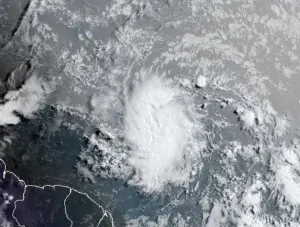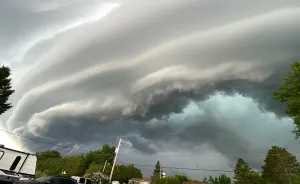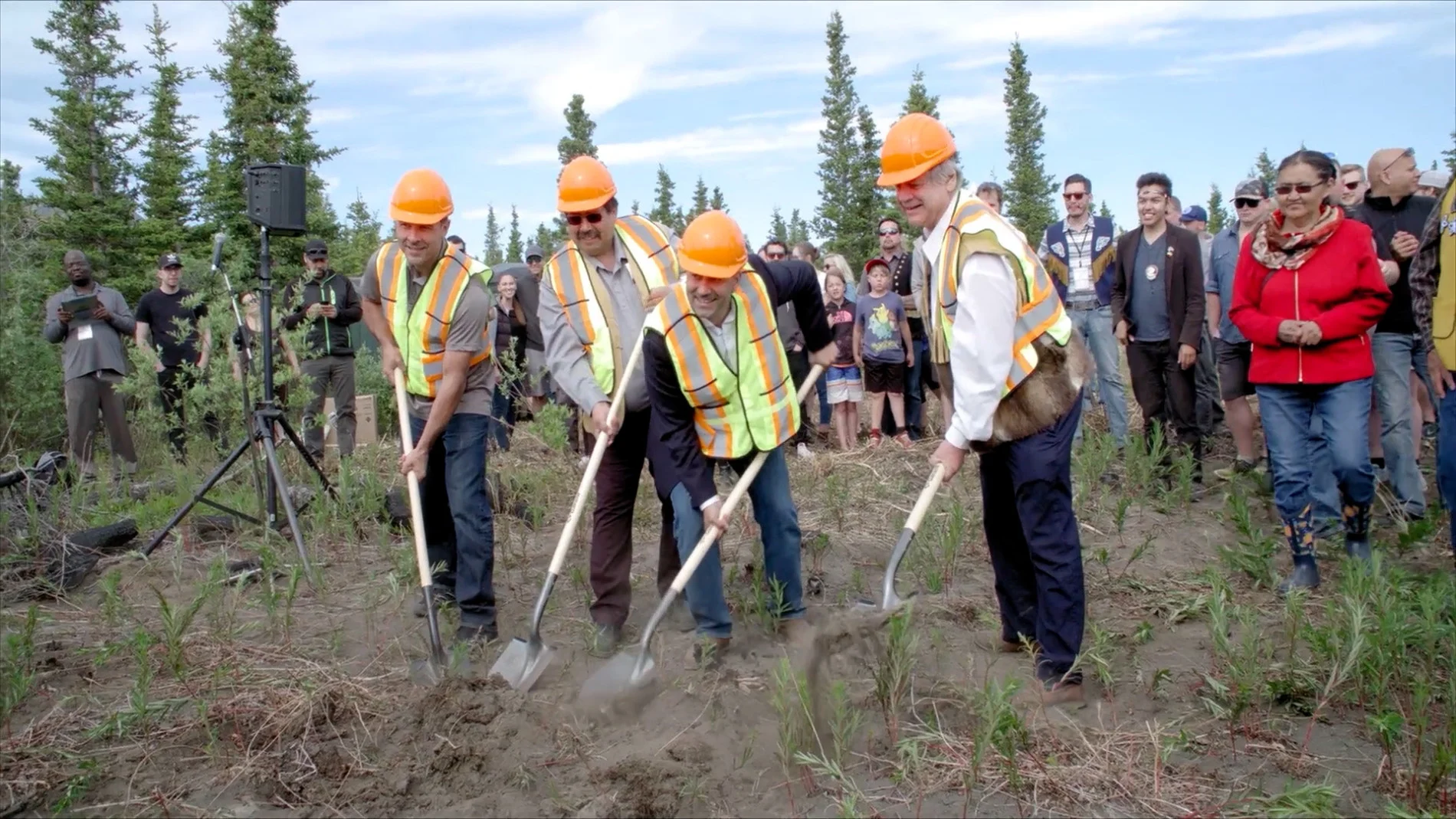
These Yukon renewable energy projects aim to slash diesel dependence
Solar, wind, and geothermal projects are being built across the Yukon to bring energy independence to remote Indigenous communities.
Kluane First Nation in the Yukon is surrounded by towering mountains, ancient ice fields, and unique Arctic animals.
The nation is centred around the town of Burwash Landing, which meets its heating and electricity demands with diesel that is flown in. However, the nation is exploring numerous renewable energy projects that intend to fully replace diesel in the future.

Solar panels on an administration building in Kluane. (Power to the People)
Melina Laboucan-Massimo, one of Canada’s leading climate change activists and the host of Power to the People, visited Burwash Landing to explore the striking landscape and learn more about the impacts that climate change is having on this region.
Laboucan-Massimo met with Diyet Van Lieshout, a singer-songwriter who is a Kluane community educator and chair of the Kluane Development Corp. During a tour through the community, Van Lieshout explained that climate change is having noticeable impacts on the region.
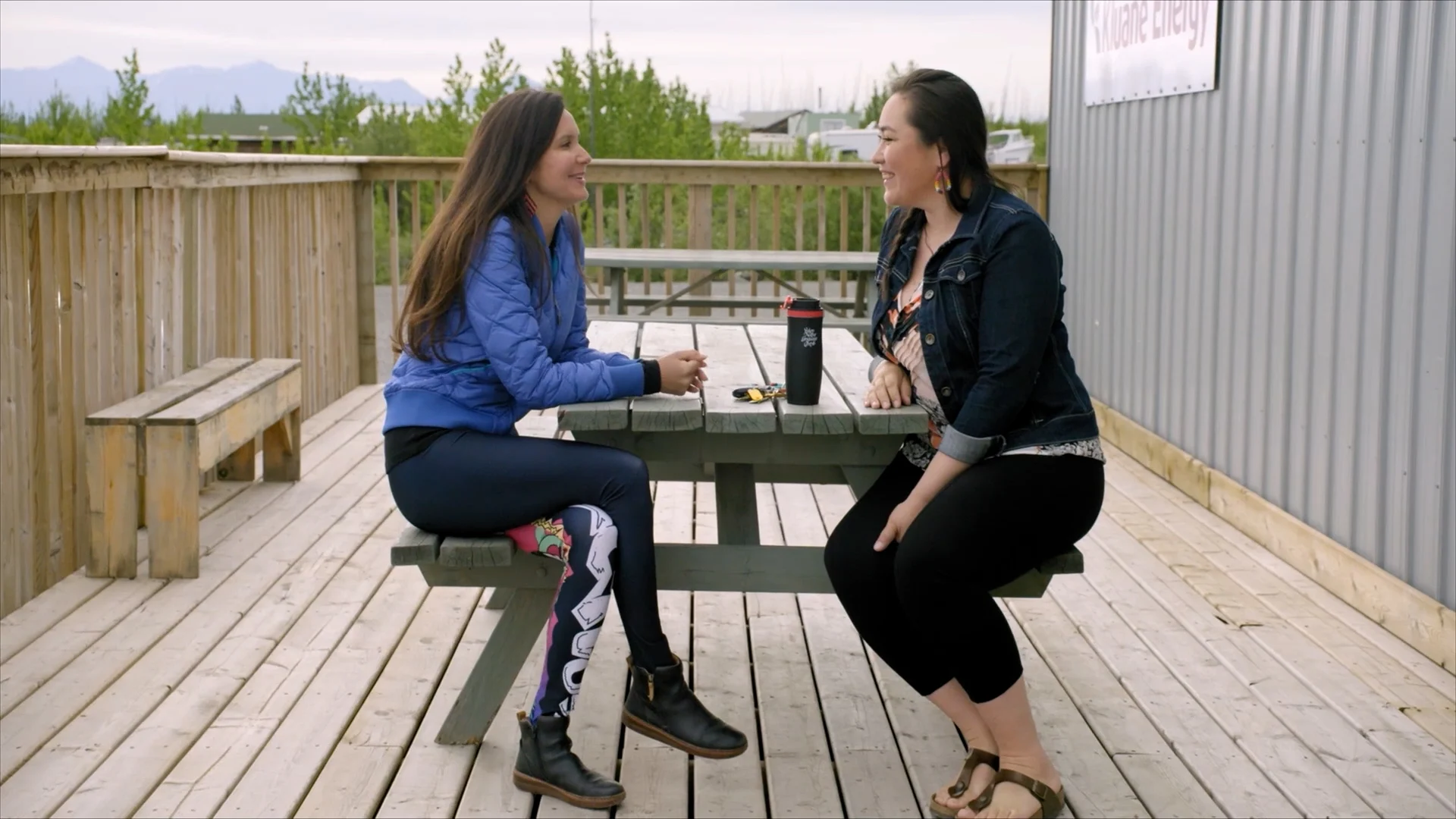
Melina Laboucan-Massimo, left, and Diyet Van Lieshout, right, in Kluane. (Power to the People)
Water levels of Kluane Lake dropped dramatically within one year after a glacier collapsed and diverted glacial meltwater away from the lake and into the Pacific Ocean. Retreating glaciers in the region have exposed silt that was previously buried underneath the ice, which can be seen blowing through the air and appearing as a vast plume of smoke.
In addition to the lake’s cultural significance, the dwindling water levels threaten fishing, travel routes, tourism potential, and communities that are dependent on fish as an important food source.
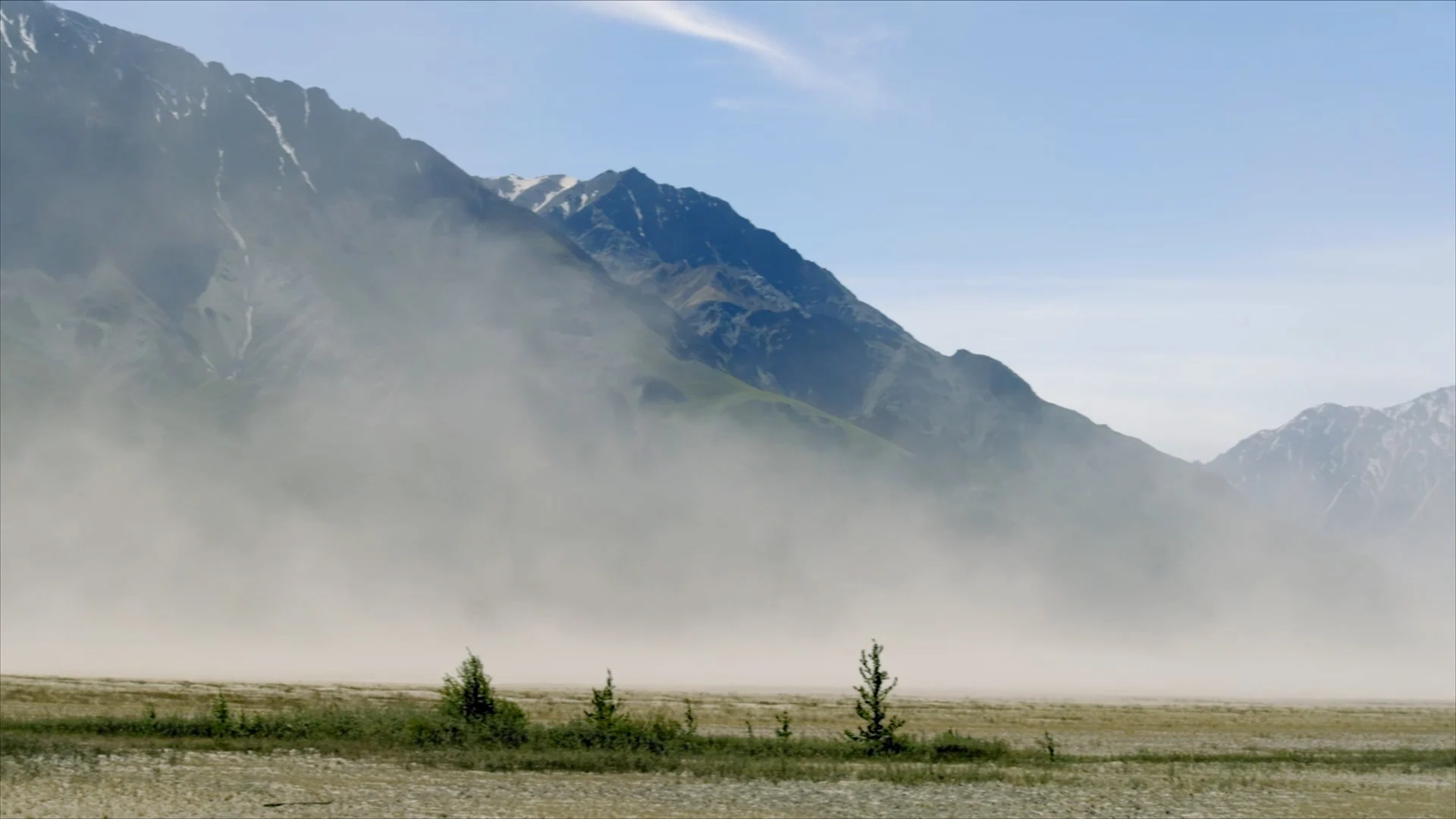
Silt blowing in the air as a result of glacial retreat. (Power to the People)
The highly polluting nature of diesel and the impacts climate change is having on the landscape are motivators for the nation to expedite renewable energy projects. Several buildings in the community are already powered by solar panels and three 100 kW wind turbines planned for construction will eventually offset 160,000 litres of diesel per year.
“Around 2011, the community started getting serious about how we were going to address our energy needs now and into the future,” said Van Lieshout as she highlighted the opportunities to take advantage of the abundant sunlight, wind, and subsurface heat.
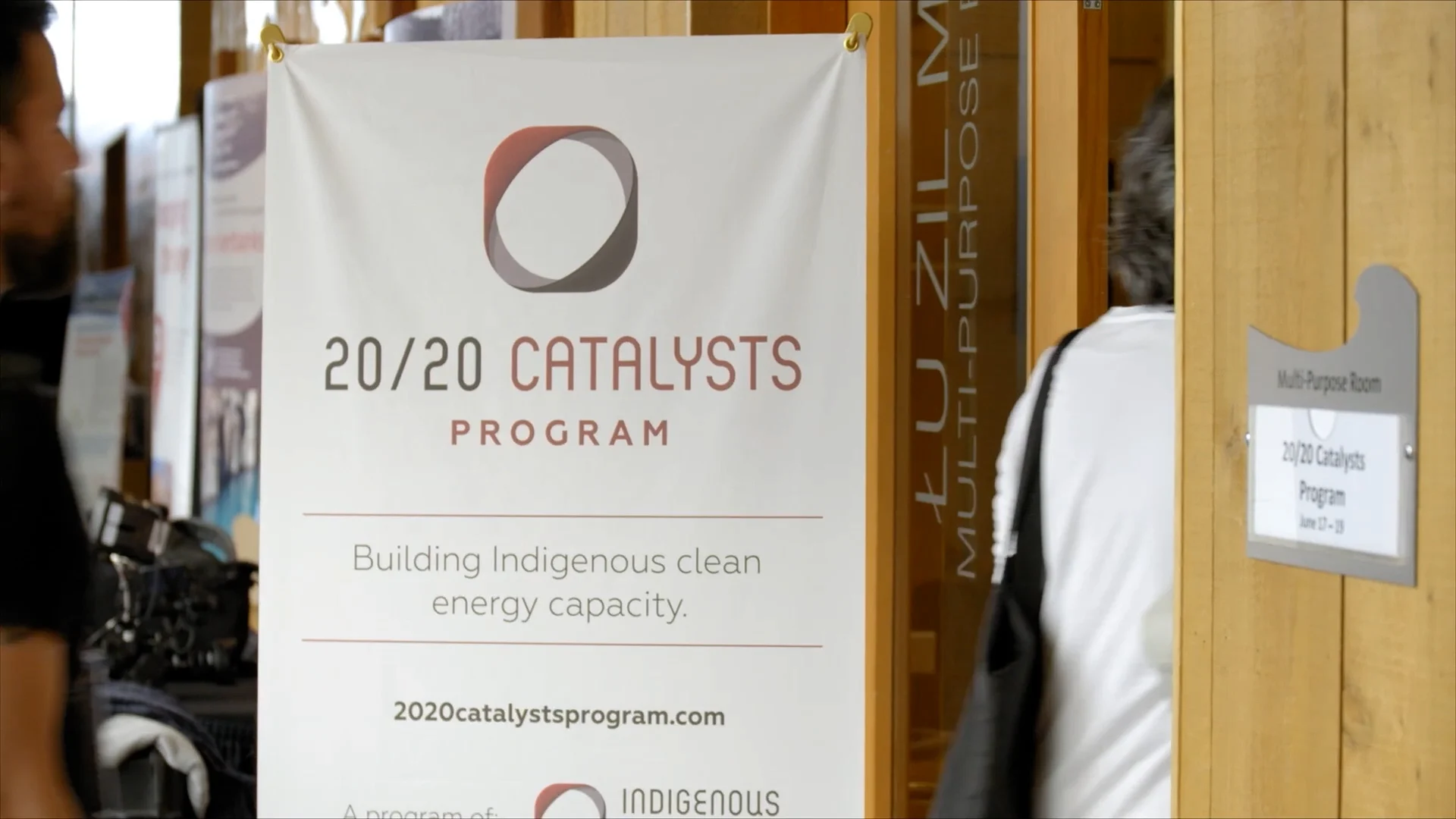
A poster at the Whitehorse 20/20 Catalyst event. (Power to the People)
Laboucan-Massimo also travelled to Whitehorse to visit the 20/20 Catalyst Program, which brings together Indigenous community members from across the country to share knowledge and build skills so renewable energy projects can be developed and advanced. Industry experts, community leaders, engineers, and lawyers help to mentor participants in the three-week intensive Catalyst program.
“Having our own agency within our own community and developing our own projects is a part of that reconciliation of restoring the Indigenous governance of our community,” Laboucan-Massimo, a former Catalyst, said while speaking with 20/20 Catalyst mentor Kimberly Scott.
Watch the video above to learn more about how remote Indigenous communities in the Yukon are developing various types of renewable energy projects that will bring energy independence, stimulate local economies, and build local self-reliance.
Thumbnail image: The Kluane First Nation wind energy ground breaking ceremony. (Power to the People)








